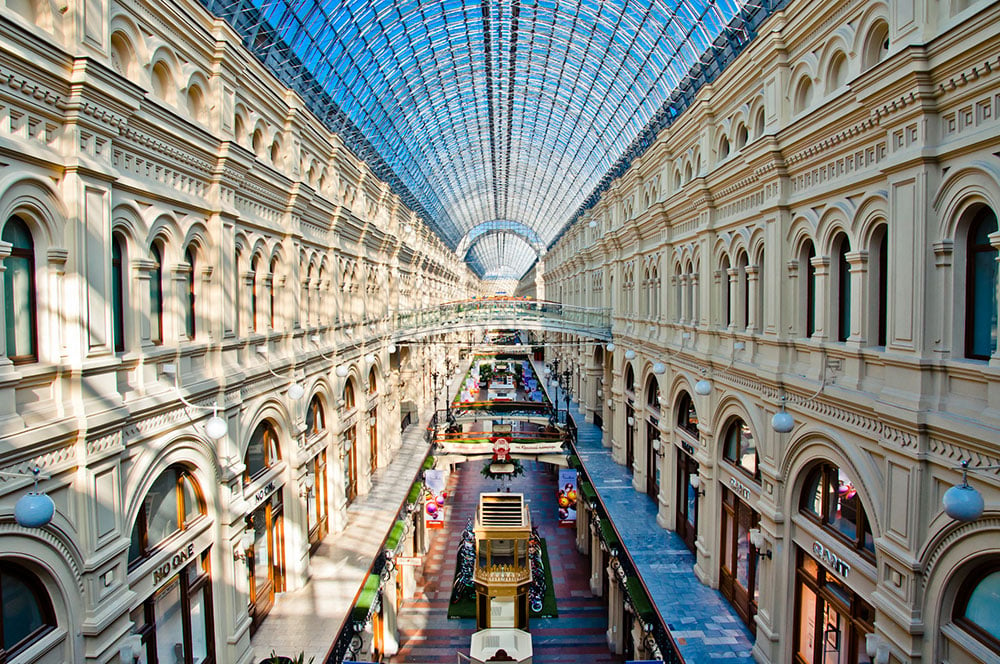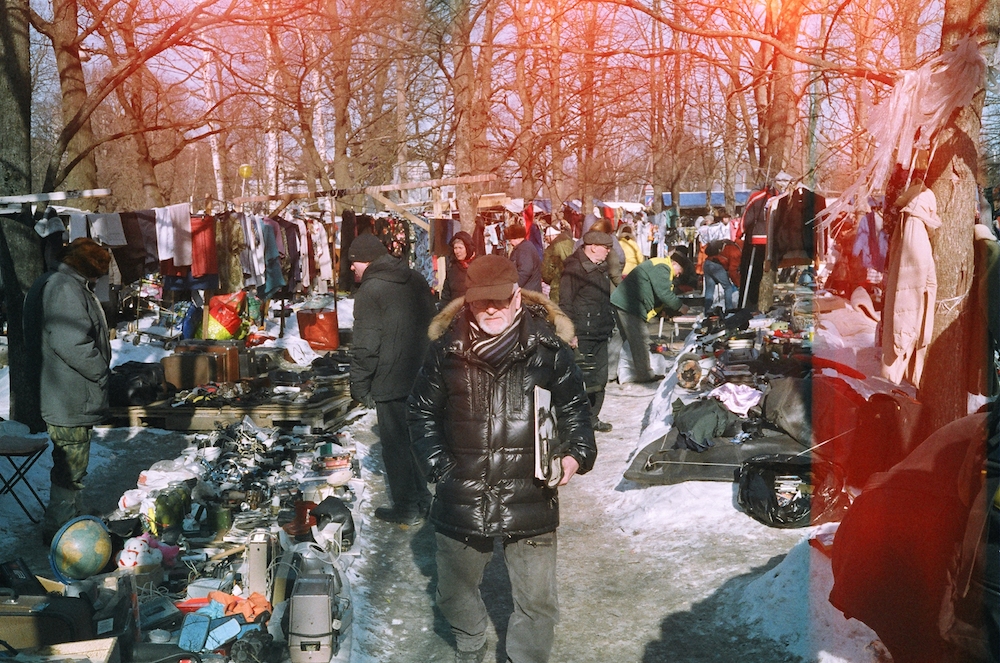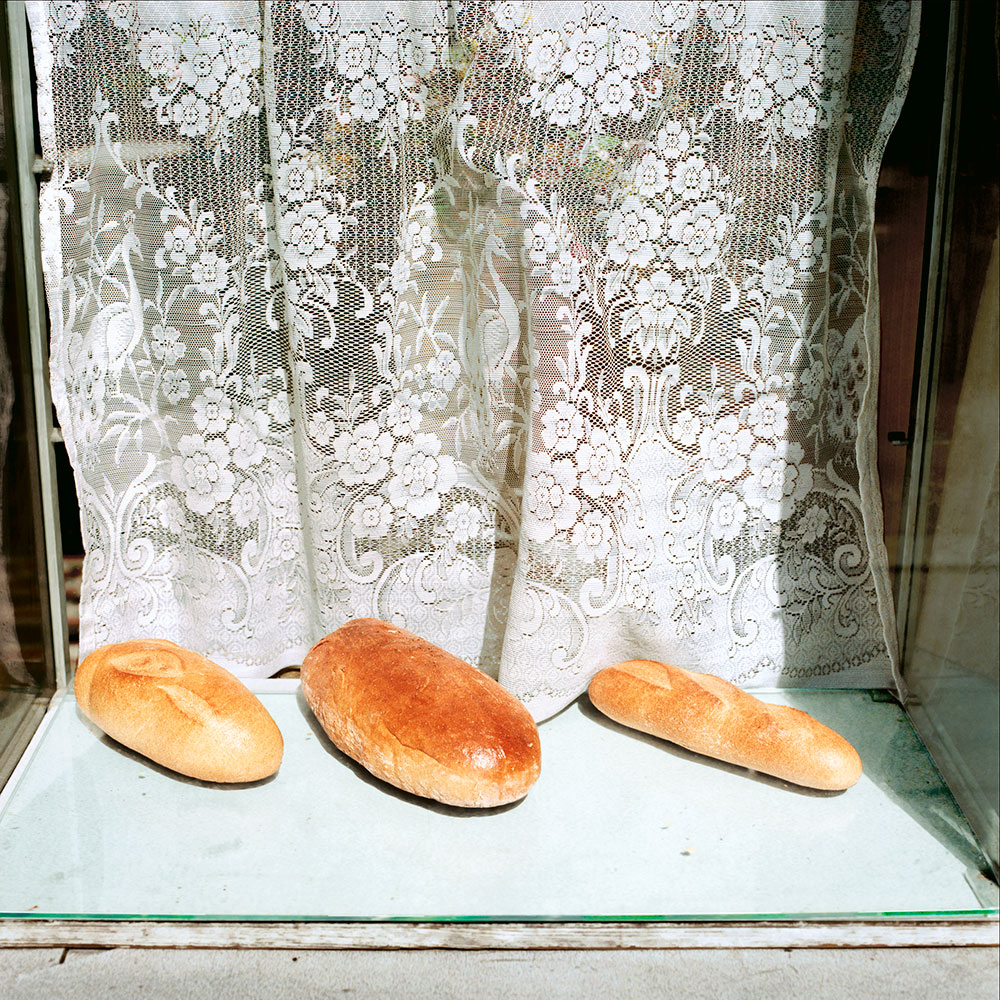Opinion: will Brexit spell the demise of Polish shops in London?

From 2004 a new type of convenience store began to appear in London. With their red and white signage and distinctive fonts, the now familiar Polish delis have served as nostalgic reminders of the homeland and community nodes for their customers. But now the UK has voted for Brexit, are their days numbered?
It’s often the small things that you miss the most when you move abroad — like a food product or a specific flavour or smell. As a Pole living in London, this homesickness is eased by the many Polish shops that have sprung up since 2004 (when Poland joined the EU). With stock ranging from traditional Polish food to alcohol and spices, cosmetics and Polish newspapers, they bring the Polish community together by providing money transfer services, job boards or information on other Polish places in the area.
From Greenford to Leyton, Walthamstow to Putney, Polish shops have one thing in common: a bold visual element. Their eye-catching décor and branding is the result of a rapid shift in aesthetics brought about by the 1989 political and economic transition in Poland. After the 1980s, which are often remembered as uniformly grey, 1990s neoliberal Poland adopted a laissez-faire approach to public space, which became the victim of often shocking attempts to implement more colour. Tower blocks were painted in pastel hues while advertisements and shop signs became more visually aggressive, adopting a vernacular typography known as TypoPolo (a term coined by Jakub Stępień aka Hakobo, Polish graphic designer, in 2001). Quickly conquering Polish streets, TypoPolo emerged as a response to the growing demand for affordable and easy-to-do advertisements. Both praised and criticised in equal measure, the debate around TypoPolo pits those who want to protect the provincial, “authentic” typography with those in favour of more professional, corporate design.
TypoPolo can be seen on Polish shop displays all around London. It exists to re-imagine the homeland, to create a mythical Polishness defined by several key elements: a compulsory red and white palette (the colours of Polish national flag), often followed by the usage of the coat of arms; names — either direct references to Polish history or first names (male or female) and, most notably, vinyl decorations on shop windows. You have probably noticed the displays in vitrines covered from top to bottom with mountains of sausages, bread, ham, cakes, alcohol or other Polish specialities. Small stickers with English translations help to connect with a non-Polish audience. Extra signs, either hand-written or in decorative or bold fonts, add to the semiotic complexity.
A Polish shop takes you back to the slightly shabby-looking local grocery shop in one’s neighbourhood in Poland, complete with stone-faced shop assistant
A Polish shop is like an island on the turbulent sea. A comforting and reassuring simulacrum of Poland in London. It takes you back to the slightly shabby-looking local grocery shop in one’s neighbourhood in Poland, complete with stone-faced shop assistant (don’t worry – they eventually smile back). It wouldn’t be an exaggeration to say that Polish shops reflect the story of post-2004 Polish migrants to London, a story of slow adaptation while attempting to preserve a sense of national identity. They represent the many predominately working-class people driven by economic pressures to move abroad and make a success of themselves. Not surprisingly, the post-2004 Polish migrants have superseded the earlier Second World War-wave of Polish migrants. This was marked symbolically by the closing down of that generation’s iconic shopping establishment, Ealing Broadway’s Parade Delicatessen, in October 2015.
The EU referendum has opened a new, probably darker, chapter in the history of Britain’s Polish community. The issue of migration was one of the most discussed and divisive aspects of the referendum campaign. The scapegoating of the Other often came with concerns about changing neighbourhoods, exemplified by Polish shops and TypoPolo. Only a couple of days after the Leave vote prevailed, racist graffiti appeared on the front door of the Polish Social and Cultural Association (POSK) in Hammersmith, along with many other instances of xenophobic and threatening behaviour towards Poles and other EU migrants.
Many Poles are now considering applying for British citizenship, intent on staying despite the circumstances
Since 2004, Polish people have been settling in, buying houses, starting families and sending their kids to school in Britain, and many are concerned that this process will be reversed or slowed down. But Brexit may also be an incentive for Poles in Britain to integrate more. Many Poles are now considering applying for British citizenship, intent on staying despite the circumstances. Brexit may also strengthen solidarity among Poles themselves, bringing both old and new migrant communities together. Anyway: for the moment I am here, in London, meeting my friends after work. And maybe I’ll stop and get my favourite Polish mayo in a shop on my way home.














